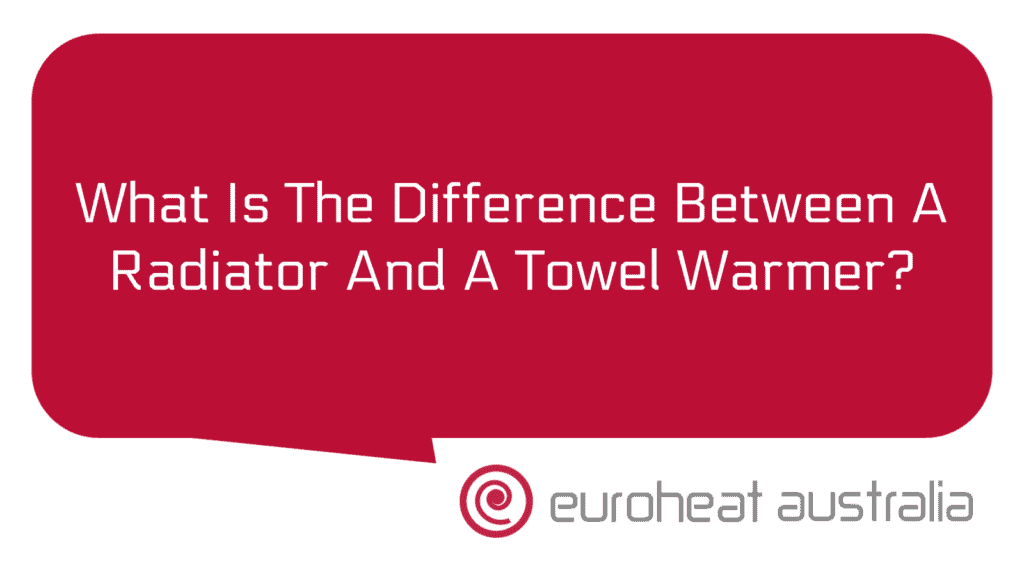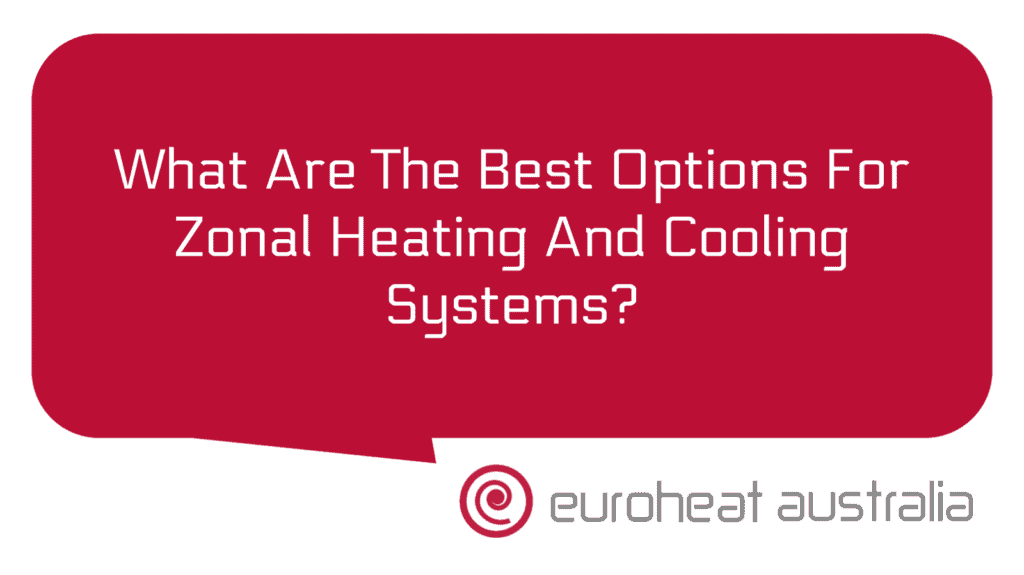Hydronic heating and cooling systems are becoming increasingly popular in Australia due to their energy efficiency and cost savings. They can be installed in homes, offices, restaurants, schools, and other commercial buildings. Hydronic systems use water to transfer heat from one space to another. The water is heated by an energy source such as a furnace or boiler and then circulated through pipes to the desired area where it releases heat.
The different types of pumps for hydronic heating and cooling systems vary depending on the size of the system, the desired temperature control, and the type of energy source being used. The most common types are circulation pumps, pressure pumps, jet pumps, and evaporative pumps.
Circulation Pumps: Circulation pumps are used to move hot water through a hydronic system. They are typically used in small-scale systems where the temperature needs to be controlled with precision. Most circulation pumps are self-regulating meaning they can adjust the flow rate of water depending on the temperature in the room or area being heated or cooled.
Pressure Pumps: Pressure pumps are used when a large amount of hot water needs to be moved quickly through a hydronic system such as when quickly heating or cooling a large area or multiple rooms. Pressure pumps work by increasing the pressure of the hot water so that it moves quickly through pipes to its destination.
Jet Pumps: Jet pumps use high pressure air injected into a pipe full of hot water which causes it to move quickly throughout a hydronic system much like a pressure pump does but with less energy consumption than other types of pumps. Jet pumps are often used for commercial applications where multiple rooms need to be heated or cooled at once with precision temperature control.
Evaporative Pumps: Evaporative pumps work by using evaporation instead of pressure to move hot water throughout a hydronic system. This is an efficient way to heat up large areas without using too much energy since evaporation is much more efficient than pressure-based methods such as circulation or jet pumps.
The benefits of installing and using hydronic heating and cooling systems include reduced energy costs due to their high efficiency, improved indoor air quality since they don’t rely on air ducts which can accumulate dust and allergens over time, precise temperature control since they can be adjusted down to single degree increments, increased safety since there is no risk of gas leaks like there would be with gas furnaces or boilers, as well as reduced noise pollution since there is no need for noisy fans or blowers running all day long like there would be with traditional HVAC systems.
When looking for reliable design & installation services for your hydronic heating and cooling needs look no further than Euroheat Australia based in Perth who have 30 years experience in designing & constructing these systems – perfect for both residential & commercial customers alike! Their team will help you plan out your project from start to finish ensuring everything runs smoothly from installation all the way through maintenance & repair if required later down the line! Plus Euroheat gives customers access to state-of-the-art technology such as geothermal heat exchange which allows them greater control over how they use energy within their home – saving money & reducing workload all at once!





